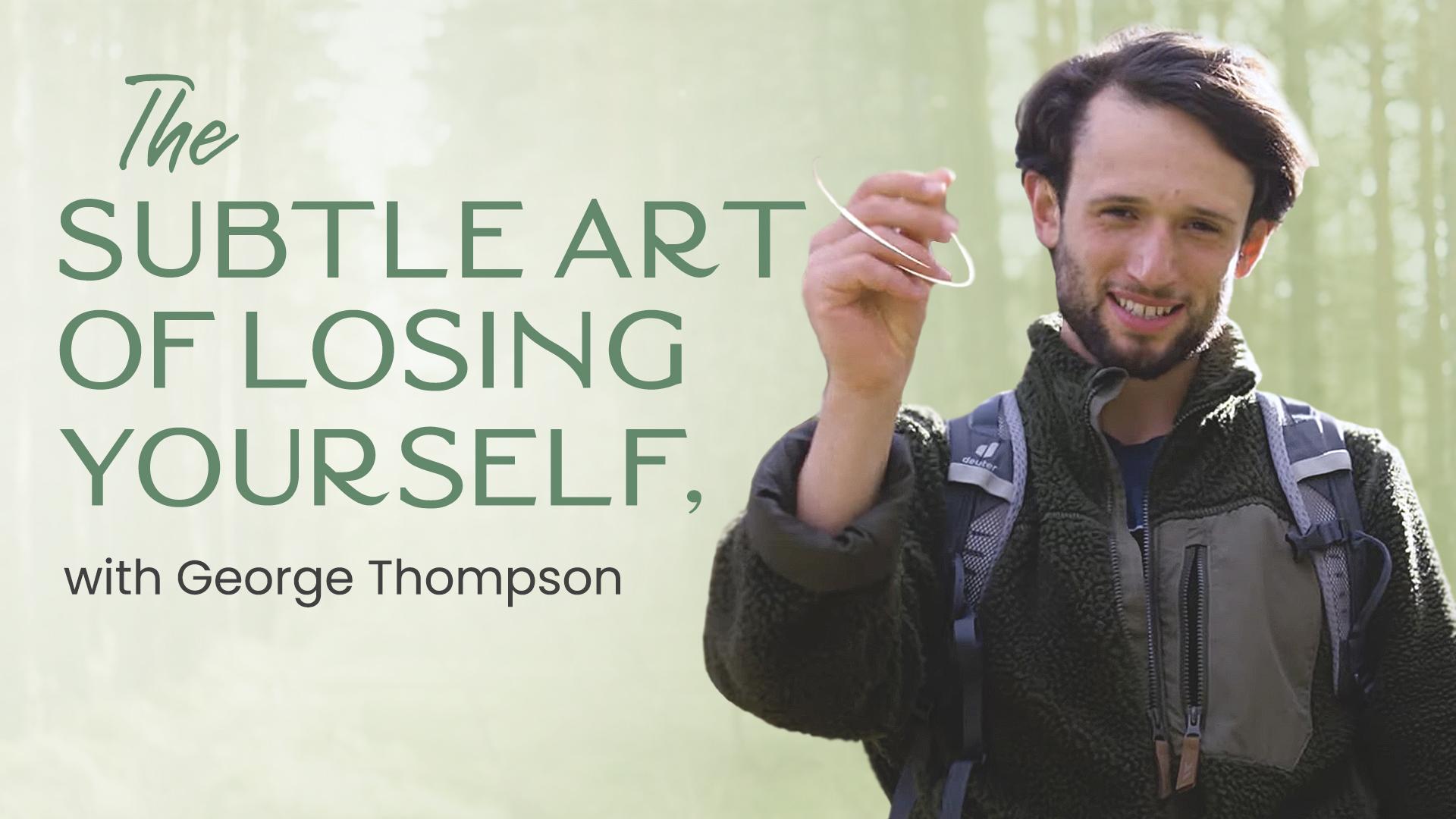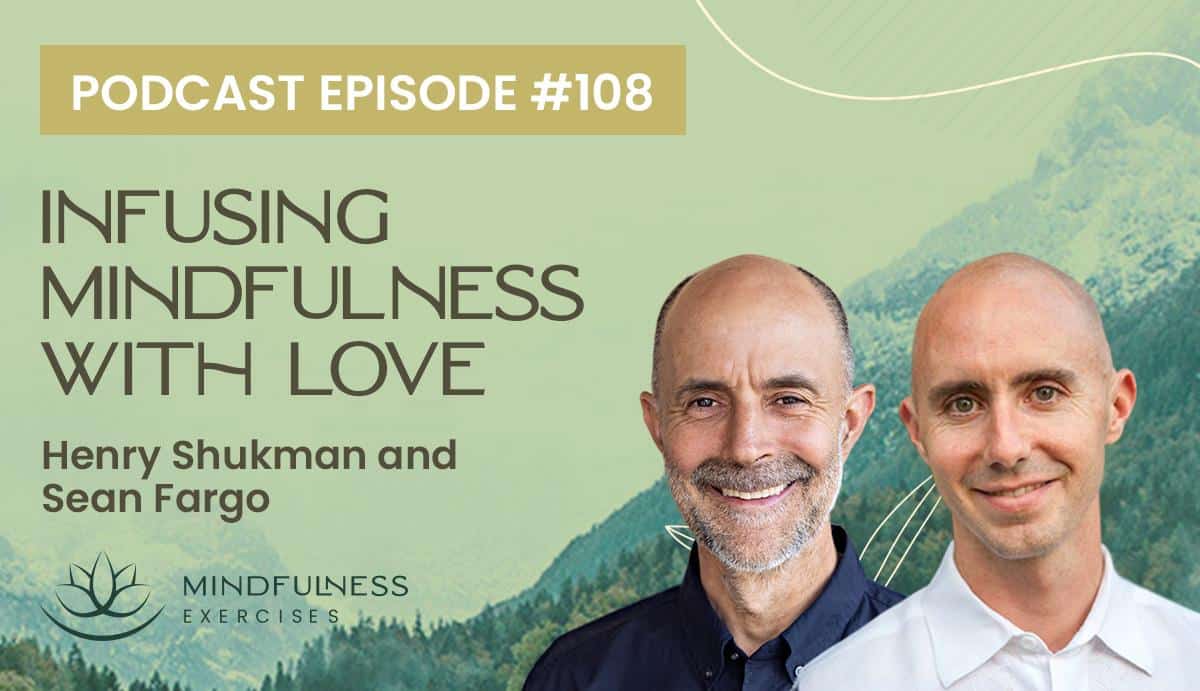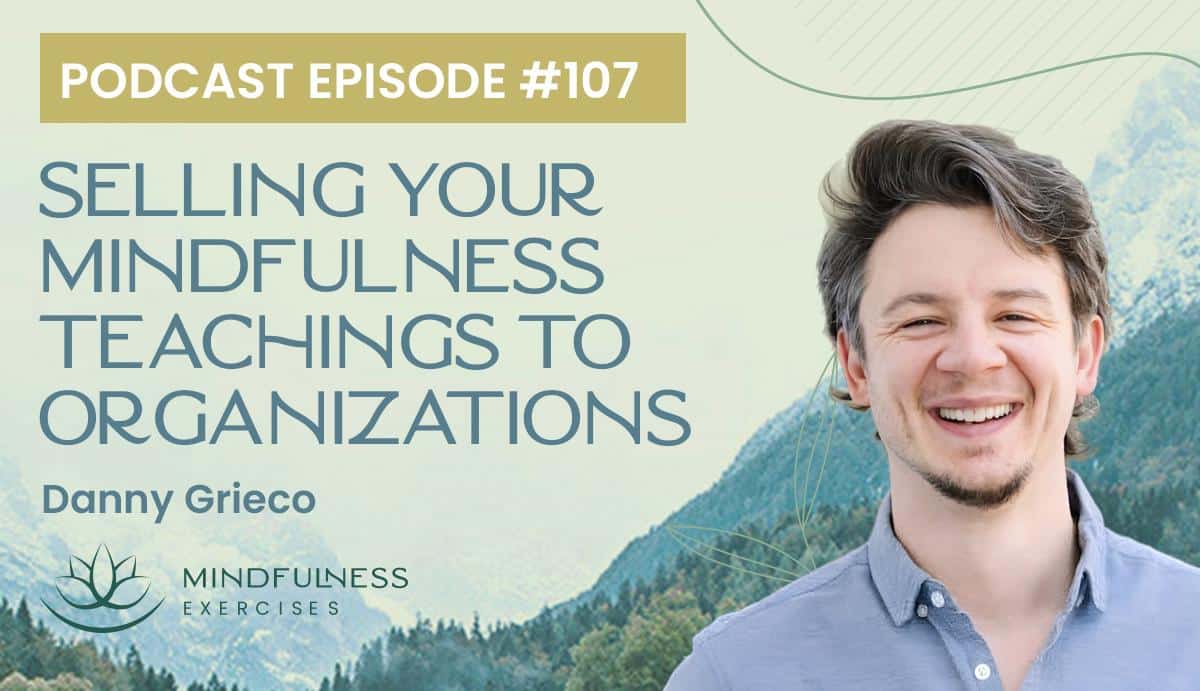Listen now
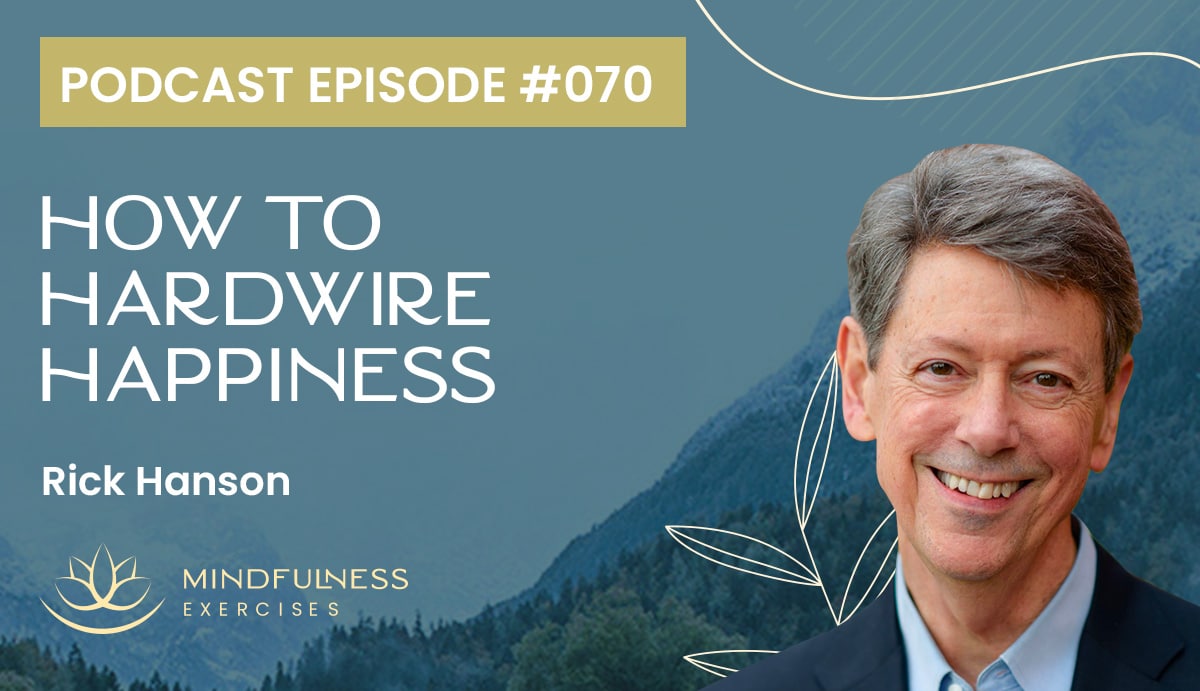
Positive states, such as happiness, joy, moments of embodied presence or mindfulness are common, but they’re often short-lasting. Is it possible to transform these fleeting states into lasting traits? Even in moments of hardship or suffering, we can still be rooted in happiness by growing the good that lasts.
In this episode, psychologist, author and mindfulness teacher Dr. Rick Hanson teaches us why hardwiring happiness is indeed possible, and how to do it with positive neuroplasticity training.
Rick Hanson is a Senior Fellow of UC Berkeley’s Greater Good Science Center, and a New York Times best-selling author. He previously joined the Mindfulness Exercises podcast to talk about neuro-learning and amplifying our meditation practice.
This talk is a brief excerpt from Dr. Rick Hanson’s guest teacher presentation to those enrolled in our Mindfulness Meditation Teacher Training Program. Learn more about this unique, online, self-paced certification program at mindfulnessexercises.com/certify
What You’ll Learn in This Episode:
Show Notes:
Two ways that mindfulness helps us
We turn to mindfulness to help ourselves and others. But what, exactly, are we trying to do with our mindfulness practice? Rick Hanson breaks down the work of mindfulness into two separate tracks. The first is embodying our true nature, our most basic goodness and wisdom. The second is affecting developmental change in the brain. This change may include things such as reduced reactivity, increased emotional intelligence, improved social skills or increased resilience.
“Both are really important. People can tilt from one to the other. For a long time I was really gung ho on the second of these, developmental change, clearing out the crud in the basement of the mind and remodeling the furniture, installing some new cookware. I don’t know, occasionally building a new window to let things out of the mind. And it’s been recently for me [...] to really come back to (true nature) as a touchstone of practice, as the foundation of practice. That’s been my rebalancing.”
Transforming states to traits for lasting joy
Many of us have glimpses of embodied awareness or developmental progress, such as when we handle a situation with far more patience, compassion and maturity than we may have several years ago. But we don’t always respond in such a skillful manner. It’s far easier to slip back into old habits. So, how do we record such moments so that lasting change (and happiness) can occur?
“As a neuropsychologically-informed person, we can really ask, ‘How do we actually grow the good that lasts - inside ourselves, inside other people, as the basis for growing the good that lasts in our precious, troubled world. How do we actually do it? How does change that lasts actually occur?’ [...] Well, any kind of lasting change of mind, broadly, including change of heart, must involve a lasting change in the brain.”
Installing our experiences for true learning
Cultivating lasting change in the brain may not be easy, but it is actually quite straight forward. To break free from our negativity bias and old, unskillful habits, Rick Hanson asks us to bring awareness to our everyday experiences of mindfulness and joy. By doing so, we can transform an otherwise fleeting state of mind into a lasting trait. Mindfulness becomes less of an exception and more of our default way of being.
“There’s experiencing, there’s learning. Or, in the saying from brain science, there’s neurons firing together, that’s the easy part. How do we get them to wire together as well? Especially when the brain, due to evolution, is biased toward negative learning. [...] And that then takes me into the process of cultivation, bhavana in Pali, cultivation. How do we actually cultivate?”
Cultivating positive, skillful traits
There are several methods we can use to help cultivate positive traits. Each centers on bringing our attention to otherwise momentary mindful, joyful or ‘good’ experiences. We might stay with the experience for a breath or longer, sense the experience in our body, or focus on what’s rewarding about the experience. These are just a few of the methods listed in Dr. Hanson’s book, Neurodharma. Each of us has access to these methods, for the power to have agency over our own well-being is innate.
“We have a sacred power, inside ourselves, to help ourselves actually heal a little, grow a little, awaken a little every day in lasting ways through how we engage the experiences we’re having at the time. And that way of being involves being an active agent in our own transformation, (our own) learning.”
Passive versus active personal development
In his 50 years in the mental health field, Rick Hanson has observed that most models of self-improvement, such as psychotherapy, coaching and so on, are based on an obsolete growth model. We’re given information with the hope that some of it will incidentally be metabolized. This ignores the latest brain science, which points to lasting neuroplastic change as necessitating more active participation in the process, such as the application of mindfulness.
“I don’t think there’s much opportunity, really, in helping people have cooler experiences. We’re already great at it. Where the opportunity is, is helping them learn from their experiences in lasting, durable ways. [...] To be able to internalize, we need to sustain mindfulness to an experience and then we need to sustain mindfulness to how we are adeptly engaging the experience. [...] We need to sustain mindfulness to be able to do that.”
Why mindfulness is not at odds with active learning
Some people think mindfulness is passive, neutral witnessing and nothing else. This mistaken definition of mindfulness puts it at odds with learning. Mindfulness does not mean to simply witness. In fact, the Pali word for mindfulness, sati, is an active word meaning to remember. Mindfulness of present moment joy and memory of past positive experiences both help install lasting happiness in the brain.
“We need mindfulness for learning; social, emotional, or somatic learning, motivational learning, spiritual learning, broadly. We need mindfulness for that. [...] The capacity to be able to call up a feeling, a thought, a perspective, a state of being in your body, at will, within a few seconds, is really a marker of being adept, and people that have deep trait mindfulness can just really quickly drop in. […] Lasting, healing growth and awakening boils down to installation, installation, installation. So that’s the frame for me in which we can really think about the value of so-called joyful, happy experiences.”
How to know which experiences to install for lasting change
Typically, experiences that are of benefit to us feel joyful and happy. It should follow, then, that bringing mindfulness to these experiences to install them in our minds also feels good. Unpleasant emotions such as healthy remorse or appropriate disenchantment can also be beneficial, but in general, positive emotional valence is a marker of an experience that has great value.
“It feels good to feel cared about, it feels good to feel caring, to be loving. It feels good to be compassionate, it feels good to be mindful. It feels good to be grateful. [...] Usually the good we want to develop in ourselves, cultivate, actually feels good in the moment, and it feels good to develop it.”
The H.E.A.L. model, an acronym for self-directed neuroplasticity
The acronym H.E.A.L. can help us to remember the two stages of cultivating lasting, beneficial change: experiencing and learning. First, we must (H) have a beneficial experience, either by noticing one that’s already happening or by bringing it to mind via memory. Then we (E) enrich the experience using a method of cultivation, such as mindfulness. After that, we (A) absorb that experience by sensitizing the brain to it. The final, optional step, is (L) linking. It’s just one more way in which we can install joyful moments for lasting, trait happiness.
“To be clear - the methods - I invented none of them. They’re there. They’re lying on the shelf. Linking, for example, is used widely in mindfulness. Spacious awareness is a form of linking because we are linking the stability and purity, really, the spacious awareness, with whatever is passing through, including the negative, let’s say painful, hurtful, problematic. Associating it with compassion is linking. It’s bittersweet. There’s the bitter of the suffering that we have empathy for, for ourselves or others, and then there’s the benevolence, the caring, and good wishes, the support, the movement to help if we can, the tender concern. [...] That right there is a form of linking. So these are natural things to do.”
Additional Resources:
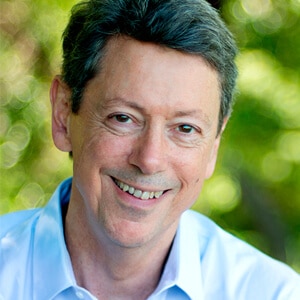
About Dr. Rick Hanson
Dr. Rick Hanson is a psychologist, Senior Fellow of UC Berkeley’s Greater Good Science Center, and New York Times best-selling author. His latest book is titled Neurodharma: New Science, Ancient Wisdom, and Seven Practices of the Highest Happiness. In it, Dr. Hanson presents mindfulness exercises for strengthening the neural circuitry of profound contentment and inner peace.
He’s lectured at NASA, Google, Oxford, and Harvard, and taught in meditation centers worldwide. An expert on positive neuroplasticity, his work has been featured on the BBC, CBS, NPR, and other major media. He began meditating in 1974 and is the founder of the Wellspring Institute for Neuroscience and Contemplative Wisdom. He loves wilderness and taking a break from emails.


